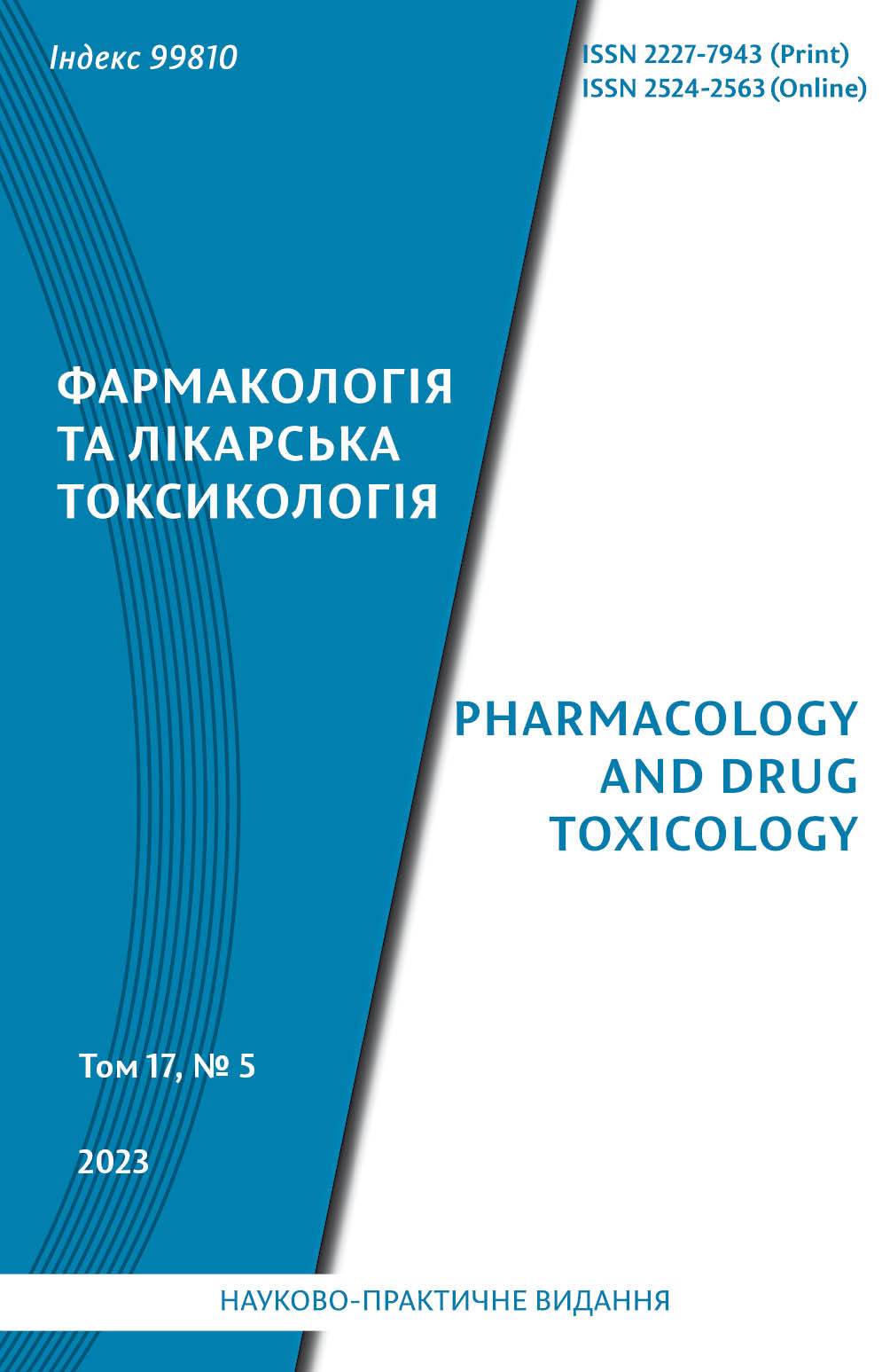Abstract
The aim of the study – correction of sample preparation by the pharmacopoeial method for determining the zinc (Zn) content in activated carbon (pharmaceutical raw materials) using inductively coupled plasma atomic emission spectrometry (ICP-AES), accounting for Zn contamination of glassware, filters, etc; development and testing of an alternative method for transferring Zn into solution.
Sample preparation for measuring Zn content was carried out in two ways: a pharmacopoeial method (extraction of Zn from activated carbon with 0.1 M hydrochloric acid) and an alternative method (burning a sample of activated carbon in a porcelain crucible and dissolving the residue in 0.1 M hydrochloric acid). After this, using the ICP-AES method on an Agilent 5800 ICP-OES inductively coupled plasma optical emission spectrometer at a Zn wavelength of 213,857 nm, the Zn concentration in the test solutions was found and content in activated carbon was calculated.
A sample of activated carbon (grinding – 97% of particles with a size of no more than 0.2 mm) was used for the study. Hydrochloric acid 33.6% (Honeywell, TraceSelect Ultra for ultratrace analysis) was used to prepare solutions. Standard solutions of chemical element were prepared from ICP-OES Wavelenghth Calibration Solution «Agilent Technologies» standards by dilution to the required concentrations in polymer containers. Deionized water was obtained from a Millipore Direct-Q 3 UV system. Filter paper was produced by Whatman and Yancheng Jingwei Intl Co. Ltd.
It was shown, that the concentration of impurity Zn, which got into the analyte as a result of sample preparation, is 61,3–1012,5 μg/kg (0,25–4,05% of the DFU requirements). Determination of the Zn content in activated carbon according to pharmacopoeial sample preparation gave a result of 2065,8 μg/kg (uncertainty ± 72,7 μg/kg, that is, the Zn concentration is in the range of 1993,1–2138,5 μg/kg). For our proposed method, the Zn concentration is 2113,8 μg/kg, that is, within the uncertainty of the results of the pharmacopoeial method.
Thus, to correctly determine the Zn content in activated carbon (pharmaceutical raw materials) using the pharmacopoeial method, it is necessary to do a blank experiment to take into account the presence of Zn in glassware, in filters, and on the hands of the experimenter. The content of «extraneous» zinc, according to the experimental data obtained, is 0,25–4,05% of the DFU requirements.
